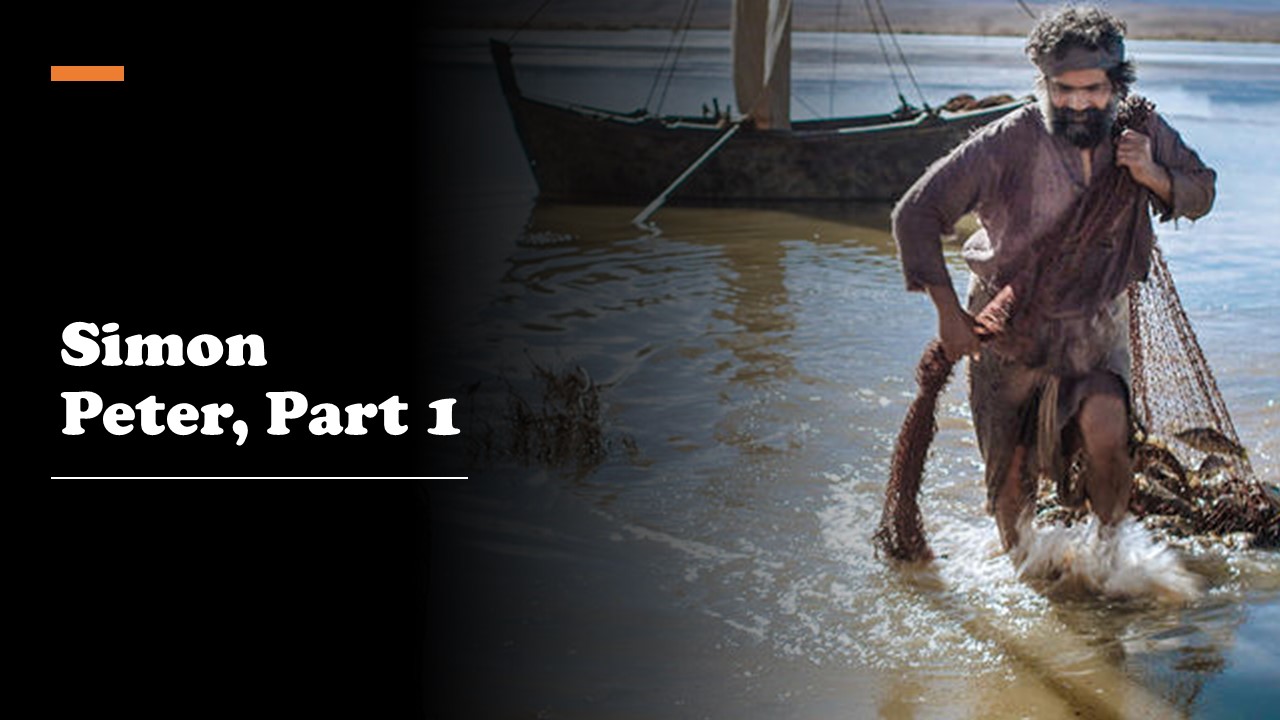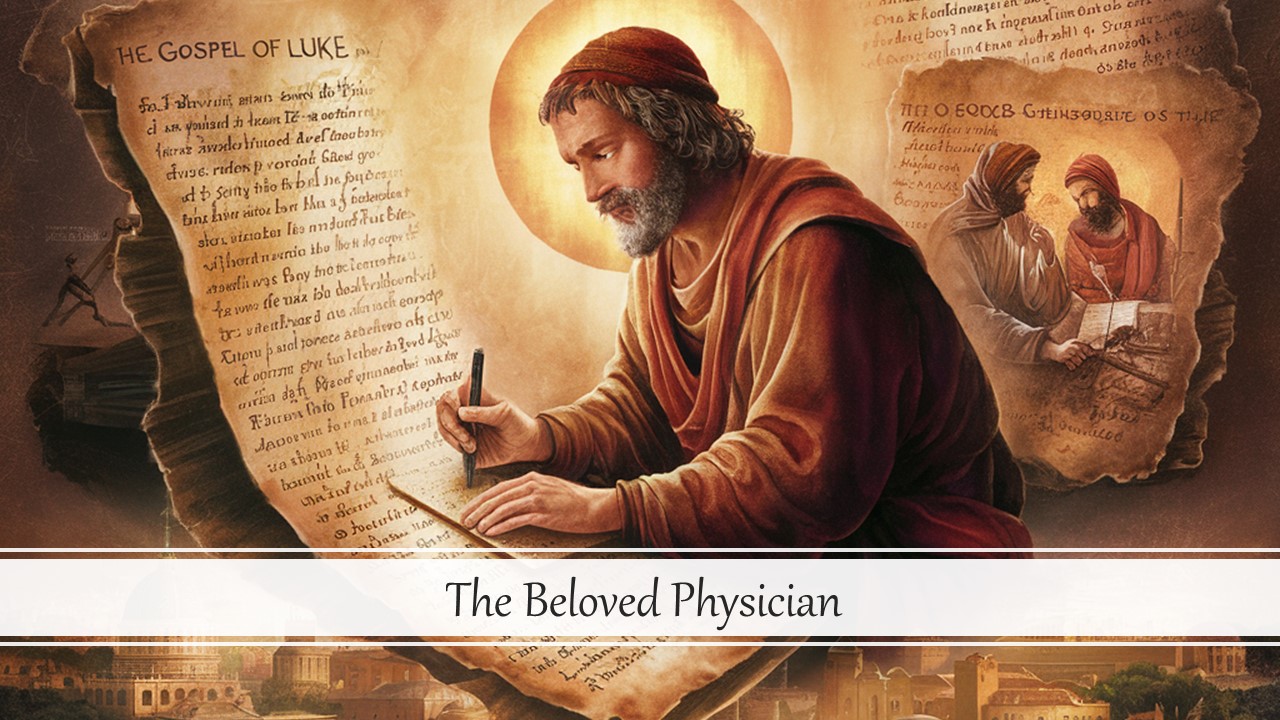In a tense Sabbath gathering at the synagogue in Capernaum, Jesus stands before a watchful and divided crowd. Among them is a man with a withered hand—silent and suffering—whose very presence becomes a test. The Pharisees are not there to worship but to accuse, waiting to see if Jesus will heal on the Sabbath, which they deem unlawful. Jesus, fully aware of their motives, asks a piercing question: “Is it lawful on the Sabbath to do good or to do harm, to save life or to destroy it?” Their silence exposes their hardened hearts.
With righteous anger and deep compassion, Jesus calls the man forward and commands him to stretch out his hand. In an instant, the withered hand is restored—whole and functional. The crowd gasps in awe, overwhelmed by the miracle, while the Pharisees erupt in fury. Rather than rejoicing at the man’s healing, they storm out, enraged, determined to destroy Jesus. The miracle of restoration is met not with celebration from the leaders, but with plotting and malice.
This powerful episode showcases Jesus’ courage, authority, and compassion. He defies legalistic traditions to prioritize mercy and healing. He sees the invisible, restores the broken, and confronts hypocrisy with truth. His act not only heals a man’s hand but exposes the spiritual blindness of the religious elite. It’s a moment that reveals Jesus’ unwavering commitment to love—even when it costs Him everything.

Simon Peter, also known as Cephas (John 1:42), was one of the first followers of Jesus Christ. He was an outspoken and ardent disciple,...

Ezekiel's inaugural vision, a dazzling storm revealing God's enthroned majesty, warns Judah of judgment for rebellion. Creatures whirl, wheels blaze, and a human-like figure...

The Gospel of Luke, traditionally attributed to Luke, a physician and companion of the Apostle Paul, offers a unique perspective on Jesus and the...